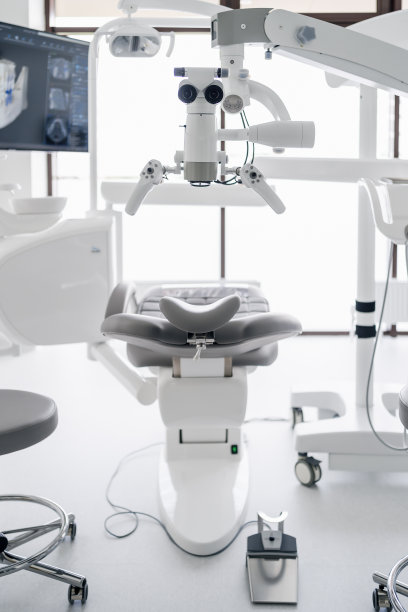The Essential Guide to Extract a Tooth Safely and Effectively for Optimal Dental Health and Comfort
Summary: Extracting a tooth can be a daunting experience for many individuals, but understanding the proper techniques and precautions can alleviate anxiety and ensure optimal outcomes. This guide outlines essential steps to safely and effectively extract a tooth, focusing on the importance of professional assessments, anesthesia options, postoperative care, and potential complications. By following these guidelines, patients can enhance their dental health while maintaining comfort throughout the process. This comprehensive overview is designed to empower individuals with the knowledge needed for a successful tooth extraction.
1. Importance of Professional Dental Assessment

Before any tooth extraction, a thorough dental assessment is crucial. This evaluation typically includes X-rays to determine the tooth’s position, its root structure, and any surrounding bone or tissue conditions. The dentist will analyze these factors to decide whether a simple extraction or a surgical procedure is necessary.
A professional assessment not only ensures the right approach but also helps identify potential complications that may arise during the extraction. Factors such as underlying infections, the proximity of other teeth, or bone health can significantly influence the extraction process, making a dental examination imperative.
2. Understanding Anesthesia Options for Comfort
Anesthesia plays a paramount role in ensuring a pain-free extraction experience. Patients usually have options ranging from local anesthesia, which numbs only the site of extraction, to sedation methods that help them relax and remain unaware of the procedure.
Local anesthesia is common for straightforward extractions, allowing patients to be awake but devoid of pain. However, for those with dental anxiety, sedation methods, such as nitrous oxide or intravenous sedation, may be recommended. Understanding the available anesthesia options and discussing them with your dentist can significantly enhance comfort levels during the procedure.
Moreover, it’s vital to communicate any health conditions or medications with your dentist. This conversation will aid in selecting the safest anesthesia option, ensuring a smooth extraction experience tailored to each patient’s unique needs.
3. Postoperative Care for Optimal Recovery
The period following tooth extraction is crucial for recovery and optimal oral health. Adhering to postoperative care instructions helps reduce the risk of complications and ensures better healing. Patients are typically advised to rest and avoid strenuous activities for at least the first 24 hours post-extraction.
Maintaining a soft diet and avoiding hot, spicy, or crunchy foods is essential, as these can irritate the extraction site. Cold compresses can help mitigate swelling and discomfort, while staying hydrated supports the body’s natural healing processes.
Monitoring for any signs of complications such as excessive bleeding, severe pain, or signs of infection is also critical. If any concerning symptoms arise, contacting the dentist promptly can prevent further issues and promote a successful recovery.
4. Recognizing and Managing Potential Complications
While tooth extractions are often straightforward, recognizing and managing potential complications is essential for patient safety. One common complication is dry socket, which occurs when the blood clot at the extraction site dislodges or dissolves before healing is complete, leading to increased pain and prolonged recovery.
Patients should be educated on how to minimize the risk of dry socket, including avoiding sucking motions, such as through straws, and adhering to post-extraction care. If a patient experiences symptoms of dry socket, such as severe pain radiating from the site to the ear, immediate consultation with their dentist is necessary.
Other potential complications could include infections and nerve damage, though rare. Awareness of these possibilities encourages patients to communicate openly with their dental care providers about any unusual sensations or pains during recovery, thereby promoting proactive management of their dental health.
Summary:
In conclusion, extracting a tooth is a process that requires careful planning and execution to ensure optimal patient comfort and health. From the initial assessment to understanding anesthesia options and postoperative care, being informed is essential for a successful experience. Recognizing potential complications further aids in fostering a proactive attitude toward dental health.
This article is compiled by Vickong Dental and the content is for reference only.


